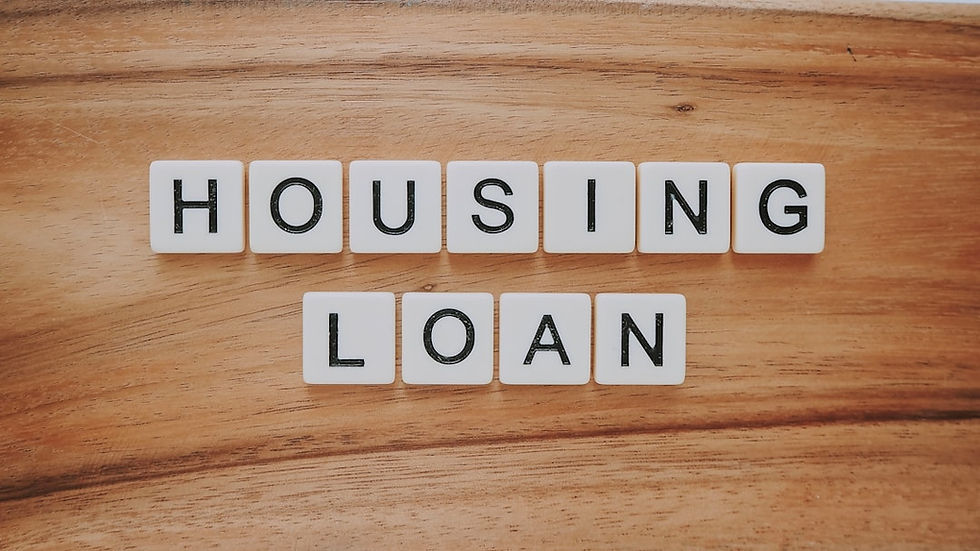Understanding the Range of Loan Options for Acquiring Your Modern Compact Home
- audreyia7duncanrc
- Jun 8, 2024
- 2 min read

Purchasing a small modern home can be an exciting milestone. Yet, funding this dream necessitates comprehending the different loan choices accessible. The mortgage landscape can be intricate, but simplifying the options assists you in making a well-informed choice. This guide explores various loan options to consider when purchasing your contemporary small house. Click here for more helpful tips on this company. Check out more on this topic from this website.
1. Traditional Loans
Traditional loans represent the most frequent type of mortgage. Lenders bear the risk as these loans aren't insured or backed by the federal government. Generally, these loans require a superior credit score and a bigger down payment than other loan types.
Benefits:
- Competitive interest rates.
- Versatile terms spanning 10 to 30 years.
- Suitable for primary residences, secondary homes, and investment properties.
Drawbacks:
- Generally, higher credit scores are needed (around 620 or higher).
- Usually, a down payment of 3% to 20% is necessary.
- Private Mortgage Insurance (PMI) is required if your down payment is less than 20%.
2. Federal Housing Administration (FHA) Loans
Federal Housing Administration (FHA) loans are government-backed loans designed to help first-time homebuyers or those with less-than-perfect credit.
Advantages:
- Down payment requirements are lower (starting at 3.5%).
- Credit score requirements are more lenient (generally starting at 580).
- Favorable interest rates.
Disadvantages:
- Mortgage insurance premiums (MIP) are required regardless of the down payment amount.
- The property needs to meet specific standards and be appraised by an FHA-approved appraiser.
- Loan limits vary by region and may be lower than conventional loan limits. Here’s the link to learn more about the awesome product here.
3. Veterans Affairs (VA) Loans
The VA extends loans to veterans, active-duty personnel, and eligible surviving spouses. VA-backed loans usually come with superior terms.
Benefits:
- No down payment required.
- No requirement for private mortgage insurance (PMI).
- Lower closing costs and attractive interest rates.
Disadvantages:
- Only available to eligible veterans, service members, and certain surviving spouses.
- VA minimum property requirements must be met.
- A funding fee may apply, but it can be rolled into the loan. For questions on low mortgage, see this site here!
4. USDA Loans
USDA loans are provided to buyers in qualified rural and suburban regions. The purpose is to foster homeownership in less populated regions.
Benefits:
- Down payment not necessary.
- Competitive interest rates.
- Lower mortgage insurance costs compared to FHA loans.
Cons:
- The property must be located in a qualified rural or suburban area.
- To qualify, your income must meet certain limits.
- A funding fee applies to USDA loans but can be added to the loan.
5. High-Value Loans
High-value loans are intended for properties surpassing the conforming loan limits established by the FHFA. These limits vary by location but are generally higher in more expensive real estate markets.
Benefits:
- Facilitates the financing of expensive properties.
- Suitable for primary residences, secondary homes, and investment properties.
Drawbacks:
- Higher credit requirements (typically a score of 700 or more).
- Typically, larger down payments are needed (10% to 20%).
More elevated interest rates and closing costs than conforming loans. This website has all you need to learn more about this topic.
Comments